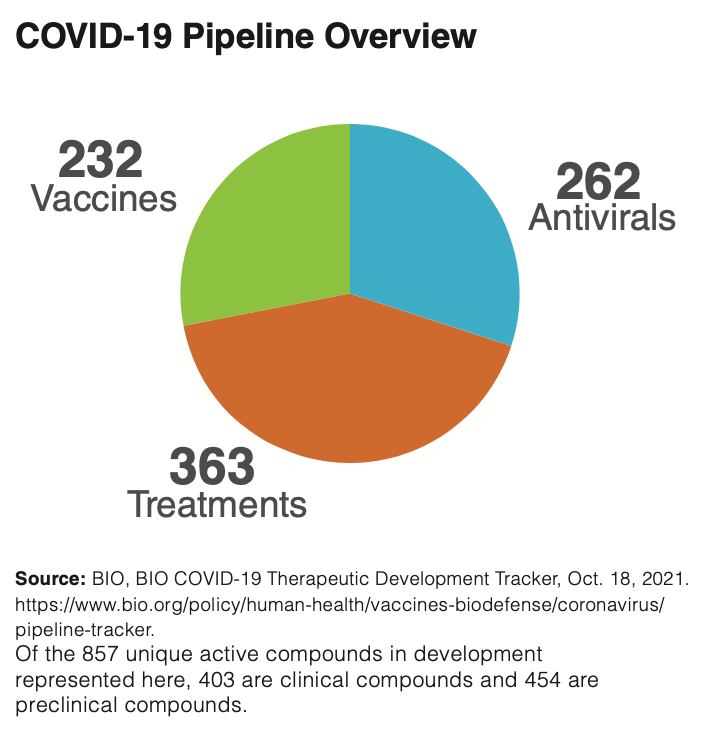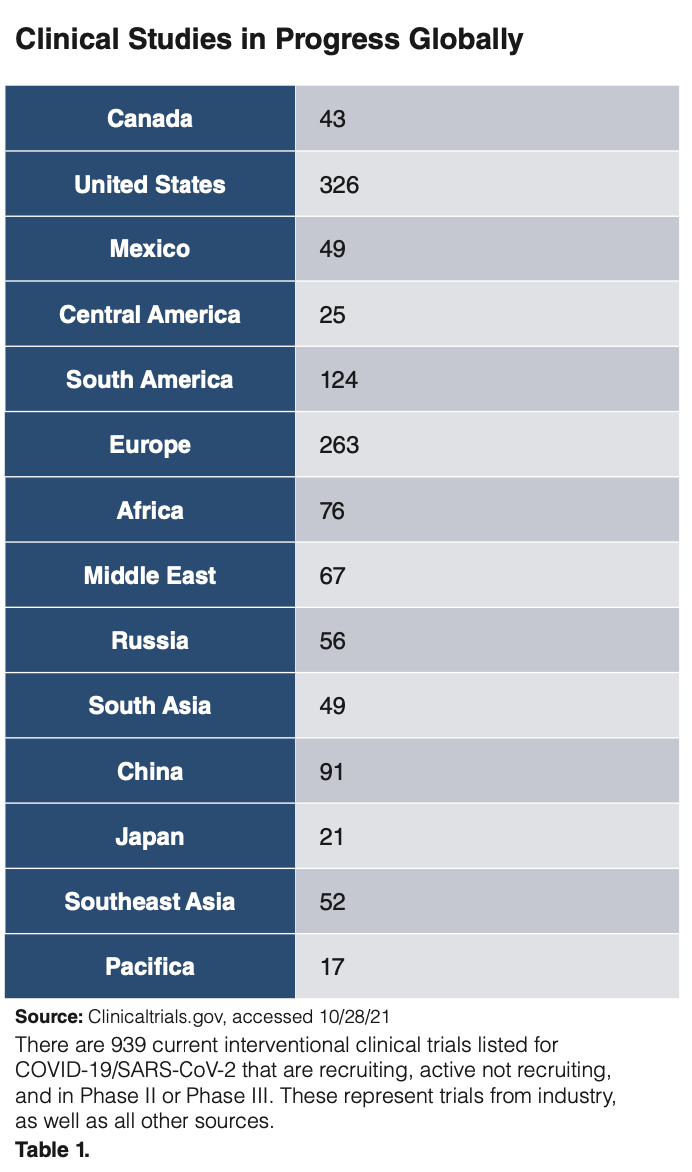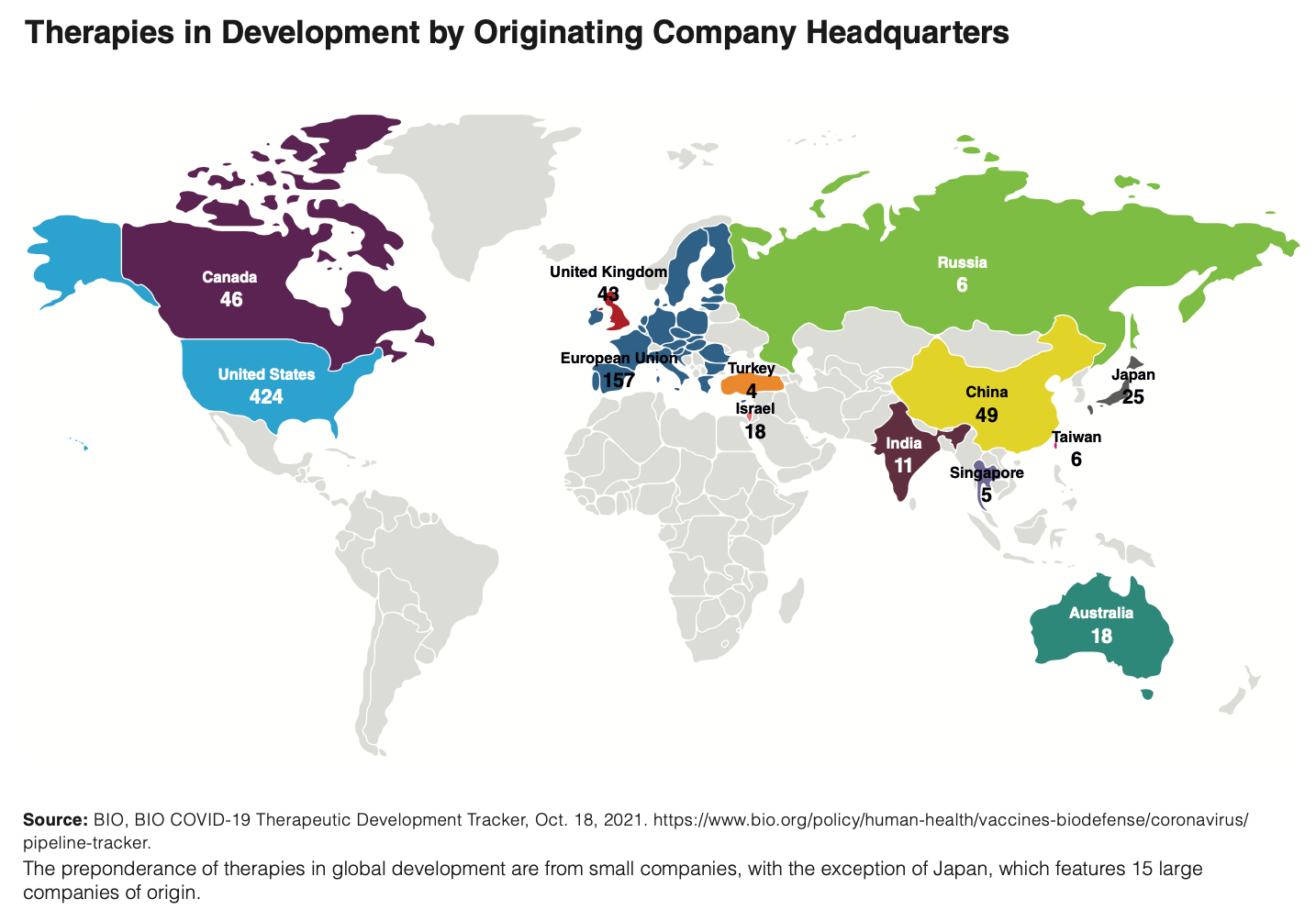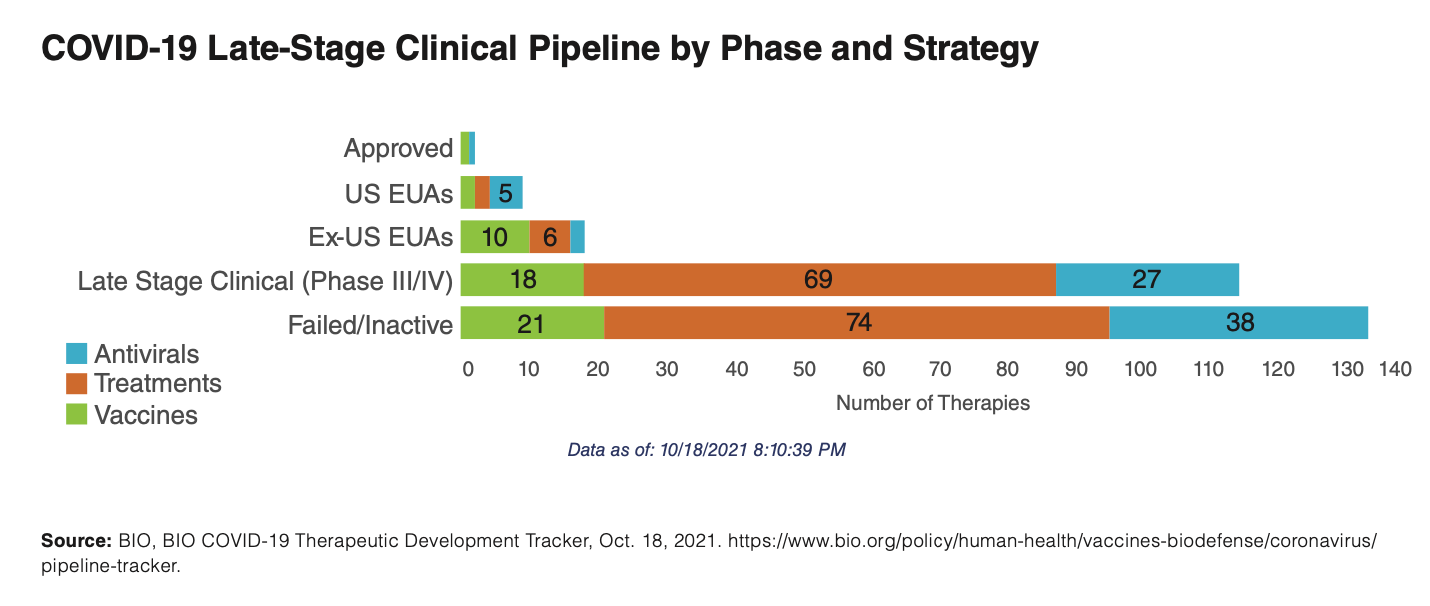- Sustainability
- DE&I
- Pandemic
- Finance
- Legal
- Technology
- Regulatory
- Global
- Pricing
- Strategy
- R&D/Clinical Trials
- Opinion
- Executive Roundtable
- Sales & Marketing
- Executive Profiles
- Leadership
- Market Access
- Patient Engagement
- Supply Chain
- Industry Trends
In It For the Long-Haul: Planning for the Future of COVID-19
While pharma has reached new heights in vaccine development, many questions remain around the lasting effects of COVID and how future therapies can curb them.

Now that we can safely say there are vaccines and therapies in place to successfully combat COVID-19, we can also safely say that science doesn’t sleep, and when it comes to battling an unknown virus, no one is resting on their laurels to address what might be coming in the form of variants, long-haul COVID, or other viruses. And the parties invested in pandemic response, from industry to government to non-profits, have spent a lot of time meeting to discuss and inform on lessons learned.
According to BIO’s COVID-19 Therapeutic Development Tracker, from which we have included three graphics, there are 857 total compounds in development for COVID-19, which include vaccines, treatments, and antivirals. If you go directly to the website, the charts are interactive, and you can drill down into the originating companies from the world map to discover the breakdown of therapies from large biopharma versus small biopharma. With the preponderance of therapies being FDA approved from companies that have never had an FDA approval before in all therapeutic areas, this is a true distinction of merit. Prior to their COVID-19 vaccines, both Moderna and BioNTech were clinical-stage companies; now they suddenly find themselves entering the world of
commercial-stage entities.
Identifying courses of action
Taking a look back over the history of COVID-19 therapeutic developments—all 18 months of it—we can see the early wave of interest from the scientific and medical community on determining best courses of therapeutic action. According to Janet Woodcock, acting commissioner of FDA, in the recent Reagan-Udall Foundation FDA public workshop “COVID-19 Lessons Learned: Clinical Evaluation of Therapeutics,” investigators, medical centers, and others started their own series of trials, or small trials, or joined with other trials, mostly in repurposed agents. She noted that in a retrospective study of the registered trials globally and in the US, 5% or fewer of the actual trials were adequately designed and powered to yield actionable information. In addition, many were duplicative. The problem that emerged from this fragmented landscape besides the unusable data, was when larger trials started up, patients had already been swept into these other trials, as was clinical research staff.

Soon, government, industry, and non-profits banded together to attempt to coordinate resources and prioritize promising agents over less-promising ones. ACTIV, a consortium of 20 industry members, nine government entities, including FDA and EMA, and four non-profits, broke up into four different subgroups—preclinical, therapeutics clinical, clinical trial capacity, and vaccines. As Francis Collins, NIH director said at the public meeting, ACTIV started with a landscape of 600 potential therapeutic agents that were vetted for both evidence and likelihood of success to get them into randomized controlled trials. Of the original 600, dozens were entered into ACTIV master protocols, where 20 have already gone through the master protocols. This was in addition to other consortiums including the COVID R&D Alliance and BIO’s initiatives with its members. However, all came to the same conclusion as ACTIV: prioritize based on categories of stages of disease, e.g., early, mid, late, as well as target.
Phyllis Arthur, MBA, vice president, infectious diseases and diagnostics policy at BIO said that the organization had a difficult time figuring out how to plug in its constituents that could have a breakthrough product or that would have gladly been part of a protocol itself, as opposed to doing their own small trials. However, there wasn’t a clear path to direct them to BARDA, DOD, or ACTIV to get assessed. Arthur stated that she sees ACTIV as “something that needs to stay for the precise reason that instead of building it every time we have a new disease, let’s have something that everybody knows they plug into, all the government agencies are at that table, and small, mid-size, and large companies can come with products that are in different stages of development, and there can be a plan for late-stage development versus early stage potential breakthrough kinds of technologies that could be helpful in an emergency.”
Another therapeutic gap that came to light during COVID, according to Elliott Levy, MD, COVID R&D Consortium, was in antiviral research and development. “The entire field of antiviral R&D was allowed to go largely dormant as HIV and HCV came to be perceived as soft problems. And that meant that there was a huge influx of experienced medicinal chemists and biologists out of antiviral R&D and into other areas. And that, unfortunately, I think is a challenge that we’re addressing, but it’s critically important.” Collins, in another presentation by the Milken Institute, agreed that the arrival of antivirals onto the COVID-19 scene will be extremely important for treatment options.

Future concerns
Eric Topol, founder and director, Scripps Research Translational Institute, noted during the Milken COVID-19 update that there have been over 4 million genome sequences of this virus done throughout the world. “We’ve learned a lot about how this virus mutates, and we’ve been tracking this almost in real-time and, of course, that’s never been done before in the history of infectious diseases, so this is an extraordinary thing.” He further noted of the thousands and thousands of variants, there are maybe hundreds of variants of interest, and there are only four variants of true concern…the Alpha, Beta, Gamma, and Delta. Topol said that the Delta strain was hyper-infectious, with some ability to evade the immune response, which made it troubling. More troubling, he noted, would be if there is some other variant that could evolve that is worse because the virus is still not contained.

Further on the COVID-19 spectrum is long-haul COVID, long COVID or Post-Acute Sequelae of SARS-CoV-2 infection (PASC). According to a recent report from Oxford University and the National Institute for Health Research, 37% of patients evaluated three to six months after they were infected with COVID-19 had at least one long-term symptom. The study evaluated over 270,000 people recovering from COVID-19 infection, using data from the US-based TriNetX electronic health record network. The results are not surprising. Reports of long-COVID began circulating as early as May 2020, with increasing concern building and action acknowledged with Congress providing $1.15 billion in funding over four years for NIH to support research into the prolonged health consequences of SARS-CoV-2 infection. Research funding started with the NIH PASC Initiative soon after. The problem with PASC is that its range of symptoms—which can include fatigue, shortness of breath, brain fog, sleep disorders, fevers, gastrointestinal symptoms, anxiety, and depression—don’t lend themselves for easy detection as PASC by physicians. For more on the PASC discussion, please read the following article, which details the issues, concerns, and treatment tracks for this evolving condition.
Lisa Henderson is Pharm Exec’s Editor-in-Chief. She can be reached at lhenderson@mjhlifesciences.com.

Cell and Gene Therapy Check-in 2024
January 18th 2024Fran Gregory, VP of Emerging Therapies, Cardinal Health discusses her career, how both CAR-T therapies and personalization have been gaining momentum and what kind of progress we expect to see from them, some of the biggest hurdles facing their section of the industry, the importance of patient advocacy and so much more.
